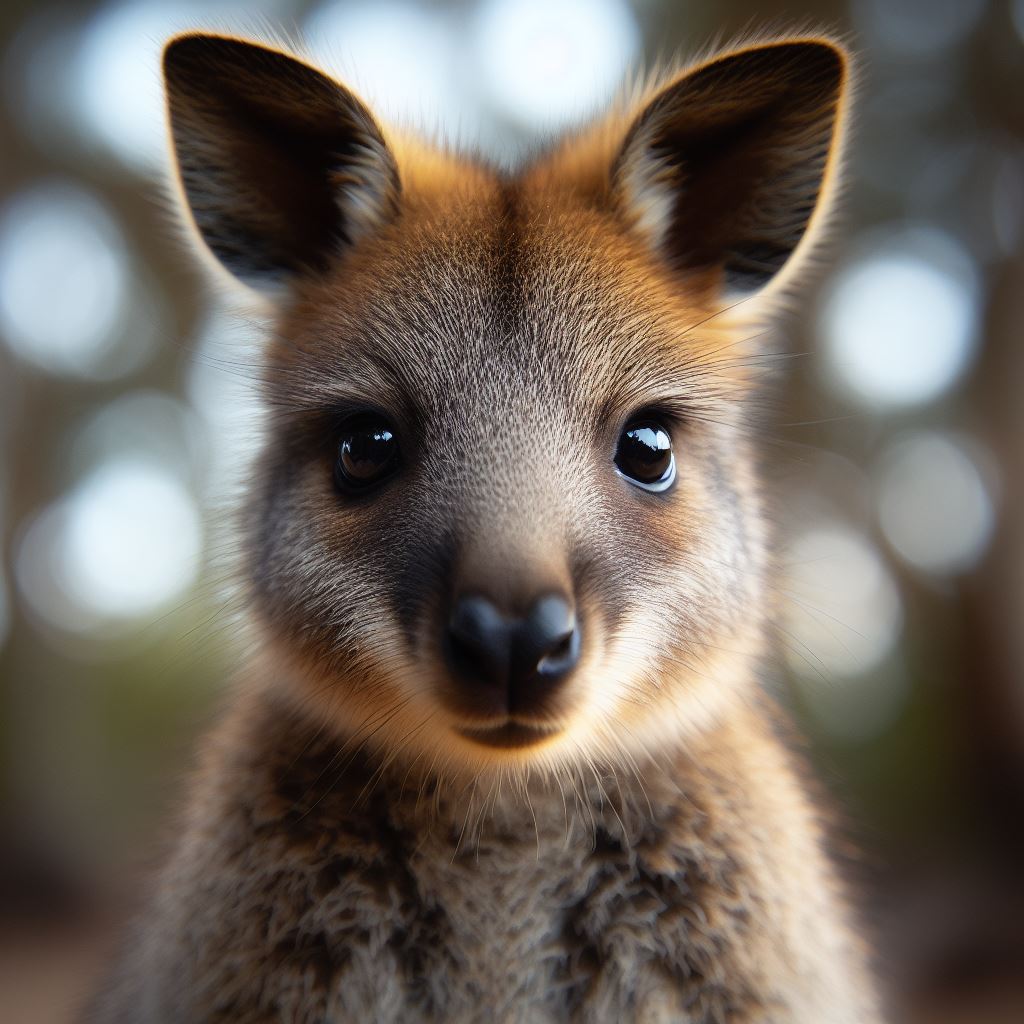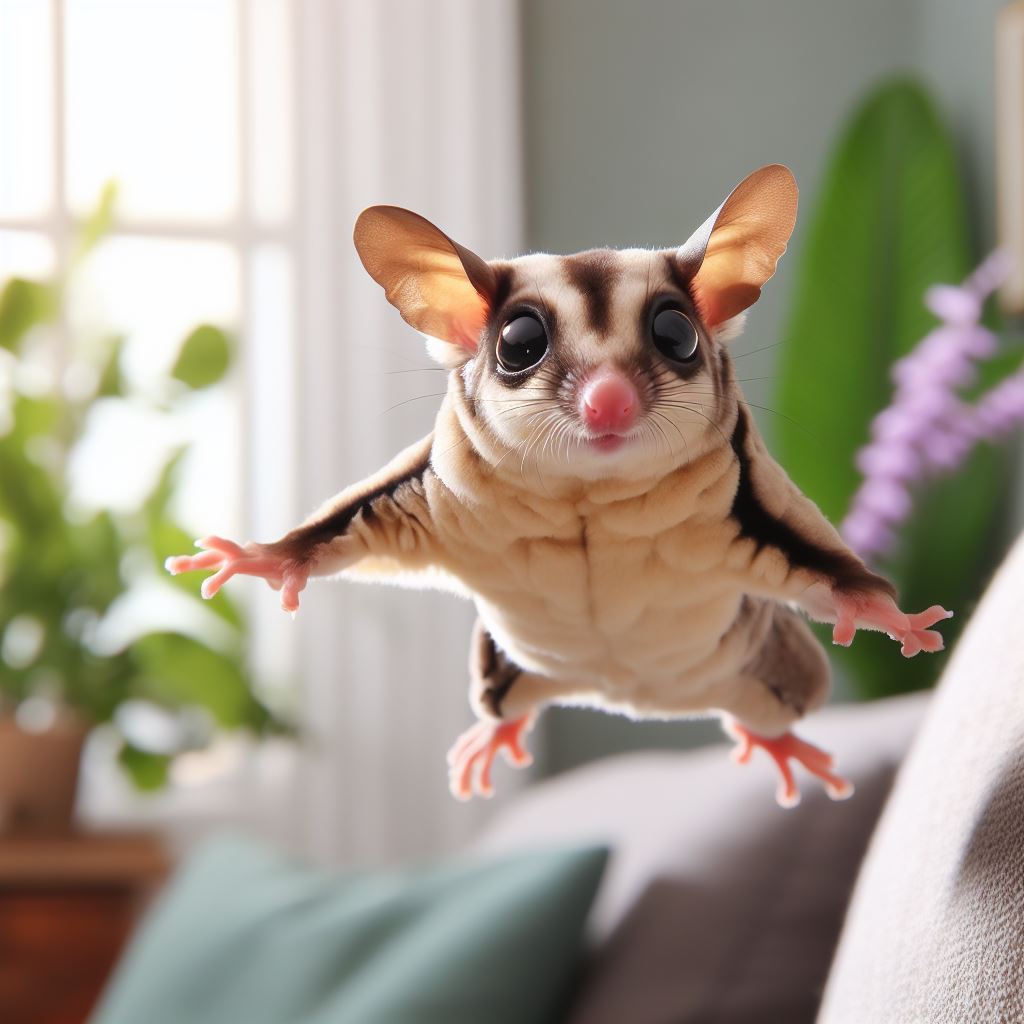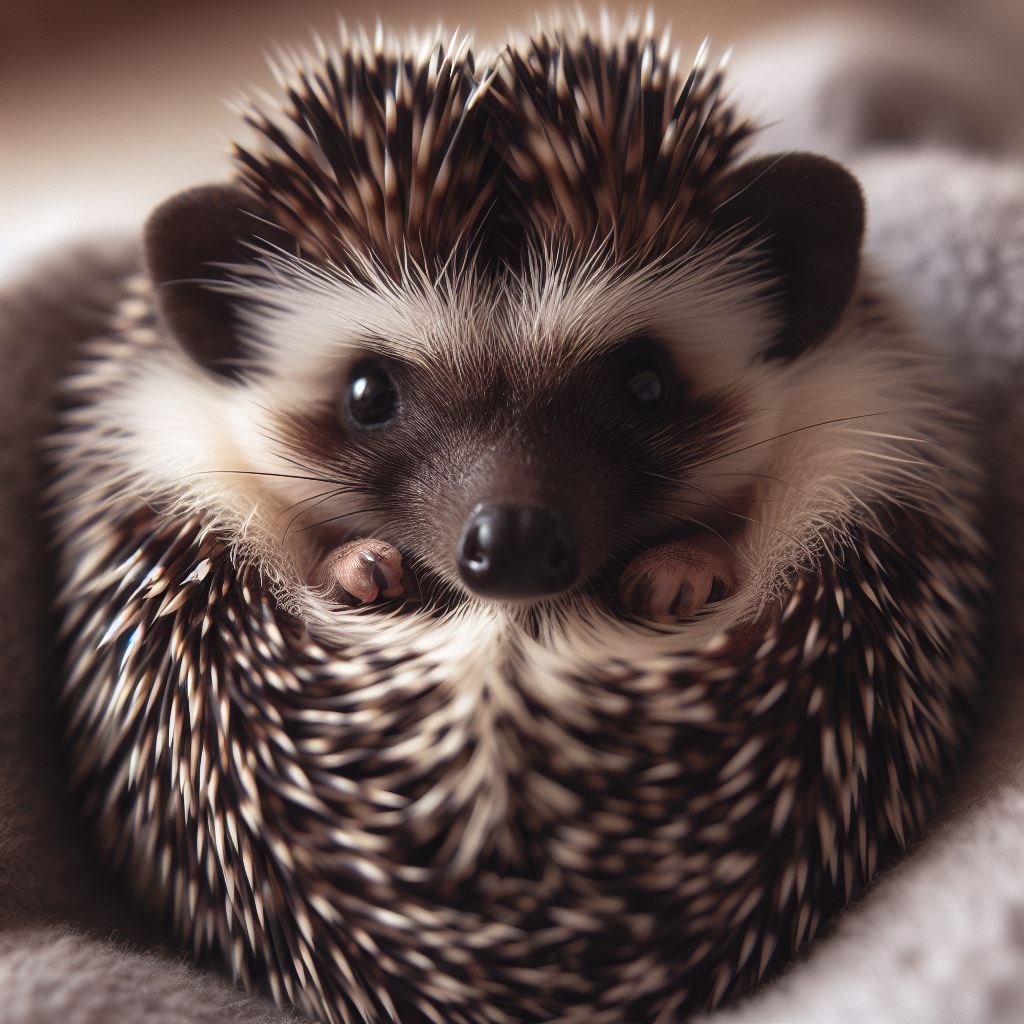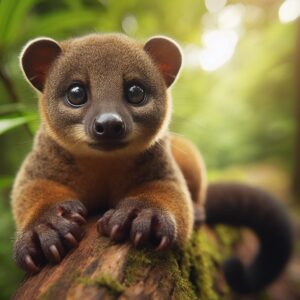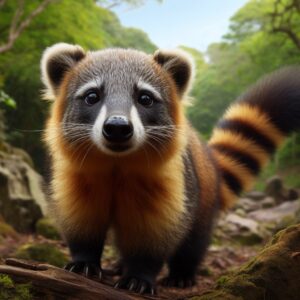The Wallaby, with its endearing charm and unique behaviors, stands as a remarkable example of nature’s wonders. In the heart of Australia’s wilderness, these marsupials have carved a niche for themselves, capturing the fascination of animal enthusiasts around the world. In this exploration, we unravel the intricacies of wallabies as pets, delving into their physical attributes, habitats, dietary habits, and the responsible care they require.
Species Description
Wallabies, these enchanting marsupials, present a diverse array of physical traits that make them captivating members of the animal kingdom. Ranging from petite to moderately sized, they carry an aura of grace in their movements and elegance in their demeanor.
Fur Textures and Color Variations
One of the most striking features of wallabies is the variety in their fur textures and colors. Their fur, soft to the touch and luxuriously dense, provides both insulation and a visual spectacle. Nature has painted their coats in a palette that ranges from deep earthy browns to vibrant grays. This natural camouflage not only blends seamlessly with their surroundings but also adds to their charm.
Distinctive Tails, Ears, and Facial Structures
Wallabies are adorned with distinctive features that set them apart in the animal kingdom. Their tails, long and muscular, serve as a balance mechanism, aiding in their agile movements. These tails, often used for balance during their signature hops, are a testament to their evolutionary adaptations.
Their ears, elongated and finely tuned, capture the subtlest whispers of the wilderness. This acute sense of hearing not only serves as an early warning system against potential threats but also allows them to communicate effectively within their social groups.
Moving to their facial structures, wallabies possess a certain gentle aura in their expressions. Their eyes, often reflecting curiosity and awareness, add depth to their personalities. Their delicate noses, twitching with every scent carried by the wind, showcase their acute sense of smell—a vital tool in their foraging adventures.
Habitat and Diet
Wallaby Natural Habitat
In the vast expanse of Australia and its neighboring regions, wallabies find their true haven. Their natural habitat is a mesmerizing tapestry woven by nature’s skilled hands, comprising lush forests, expansive grasslands, and secluded bushlands. In these diverse landscapes, wallabies not only survive but flourish, showcasing their remarkable adaptability and resilience.
Lush Forests: Canopies of Tranquility
Within the embrace of lush forests, wallabies find sanctuary amidst the towering trees and the dappled sunlight filtering through the leaves. Here, amidst the rich undergrowth, they navigate with grace, their fur blending seamlessly with the earthy tones of the forest floor. These forests provide not only a sheltered space but also a bountiful array of plants and fruits, essential elements of their diet. The symphony of bird calls and rustling leaves becomes their background music, echoing the harmony of the wild.
Expansive Grasslands: Endless Horizons
In expansive grasslands, wallabies roam freely, their agile hops carrying them across the undulating plains. Here, the horizon stretches infinitely, mirroring the boundless spirit of these marsupials. The golden grasses sway in rhythm with the breeze, creating a picturesque backdrop for their daily adventures. It’s in these grasslands that wallabies exhibit their adept grazing behavior, relishing the nutritious greenery that these open spaces offer.
Secluded Bushlands: Nature’s Hidden Retreats
Secluded bushlands become secret retreats for wallabies, offering a blend of cover and sustenance. Amongst the tangled thickets and hidden clearings, these marsupials find solace. The bushlands provide a sanctuary, a place where wallabies can forage for leaves, fruits, and flowers, their delicate noses capturing the scents of hidden delicacies. In these quiet retreats, they exhibit their foraging prowess, delicately plucking sustenance from nature’s treasure troves.
Wallaby’s Diet Wallabies are selective grazers, their diets consisting predominantly of grasses, leaves, and an assortment of fruits and flowers. Their feeding habits, a harmonious blend of grazing and foraging, reflect their role as ecological architects in their natural habitats.
Wallaby Care Tips
Housing Requirements for Pet Wallabies For those considering wallabies as pets, understanding their housing needs is paramount. Enclosures, whether indoor or outdoor, must replicate the nuances of their native habitat. Attention to detail, from proper fencing to security measures, ensures a haven for these endearing creatures.
Temperature and Humidity Preferences Maintaining an ideal temperature range is essential for the well-being of pet wallabies. The delicate balance of warmth and humidity mirrors their natural environment, allowing them to flourish in domestic settings.
Social Needs and Companionship Wallabies, inherently social beings, thrive on companionship. Interaction with humans and fellow wallabies fosters emotional well-being. Bonding and socializing are not just gestures; they are the foundation of a happy, contented wallaby.
Exercise Requirements and Mental Stimulation Pet wallabies require space and ample room for their signature hops and explorations. Enrichment activities, ranging from interactive toys to outdoor play sessions, stimulate their minds, ensuring both physical and mental vitality.
Grooming Routines and Medical Care Grooming rituals, including bathing and fur maintenance, form integral parts of wallaby care. Regular veterinary check-ups, vaccinations, and preventive healthcare measures safeguard their health, ensuring a vibrant, joyful life.
Fun Facts
Wallabies’ Unique Reproductive Behavior A hallmark of wallabies is their pouch gestation, where tiny joeys, after birth, continue their development in the safety of their mother’s pouch. This unique reproductive behavior reflects the marvels of marsupial evolution.
Wallabies’ Agile Hopping Abilities Wallabies, with their powerful hind legs, are masters of agility. Their hopping techniques are not just modes of transport; they are graceful ballets in the wilderness, showcasing nature’s design at its best.
Wallabies in Aboriginal Culture In Aboriginal culture, wallabies hold symbolic significance. They are revered as totemic beings, embodying traits of strength, agility, and adaptability. Their presence in indigenous folklore paints a vivid tapestry of reverence and respect.
Wallabies’ Communication Techniques Vocalizations, subtle whispers, and intricate body language form the language of wallabies. These silent conversations convey emotions, intentions, and warnings, illustrating the depth of their social bonds.
Wallabies’ Ability to Adapt to Various Environments Across diverse environments, wallabies exhibit unique adaptations. From the rock-dwelling yellow-footed rock wallabies to the agile swamp wallabies navigating wetlands, each subspecies showcases nature’s mastery in crafting specialized beings.
Conclusion
In the tapestry of Earth’s biodiversity, wallabies emerge as enchanting threads, weaving tales of resilience, adaptability, and communal harmony. As prospective pet owners, it is our privilege and responsibility to understand, respect, and nurture these creatures. With proper care, love, and appreciation for their instincts, wallabies can transform our lives, not just as pets, but as enduring companions on a shared journey through the wonders of the animal kingdom.

